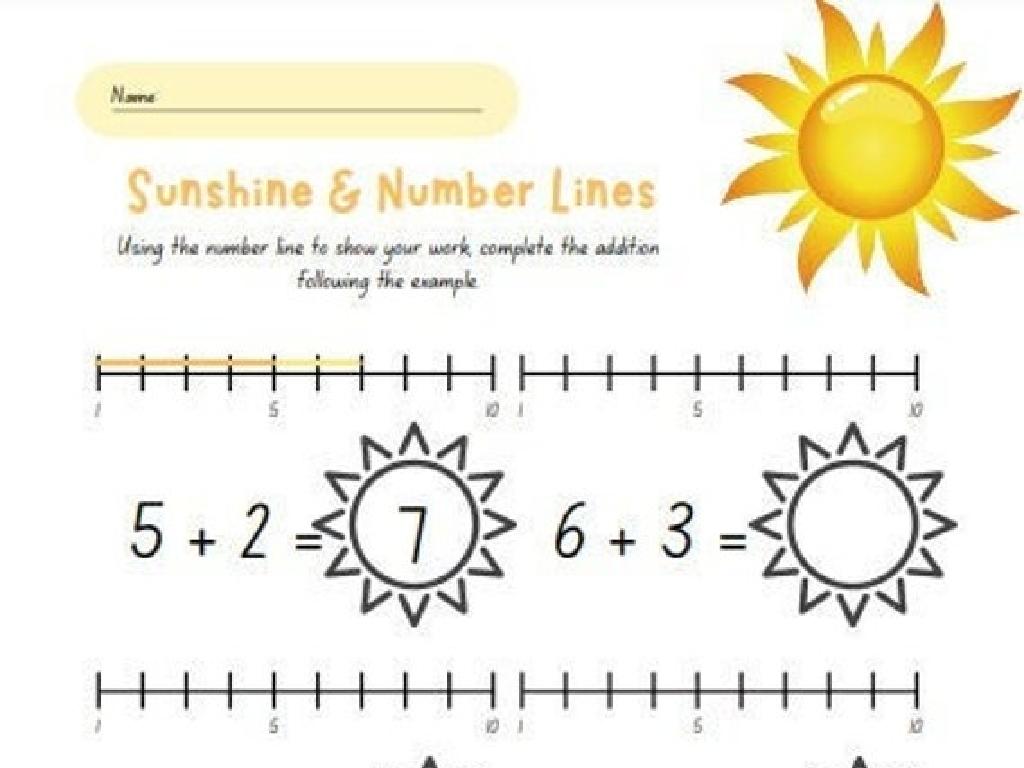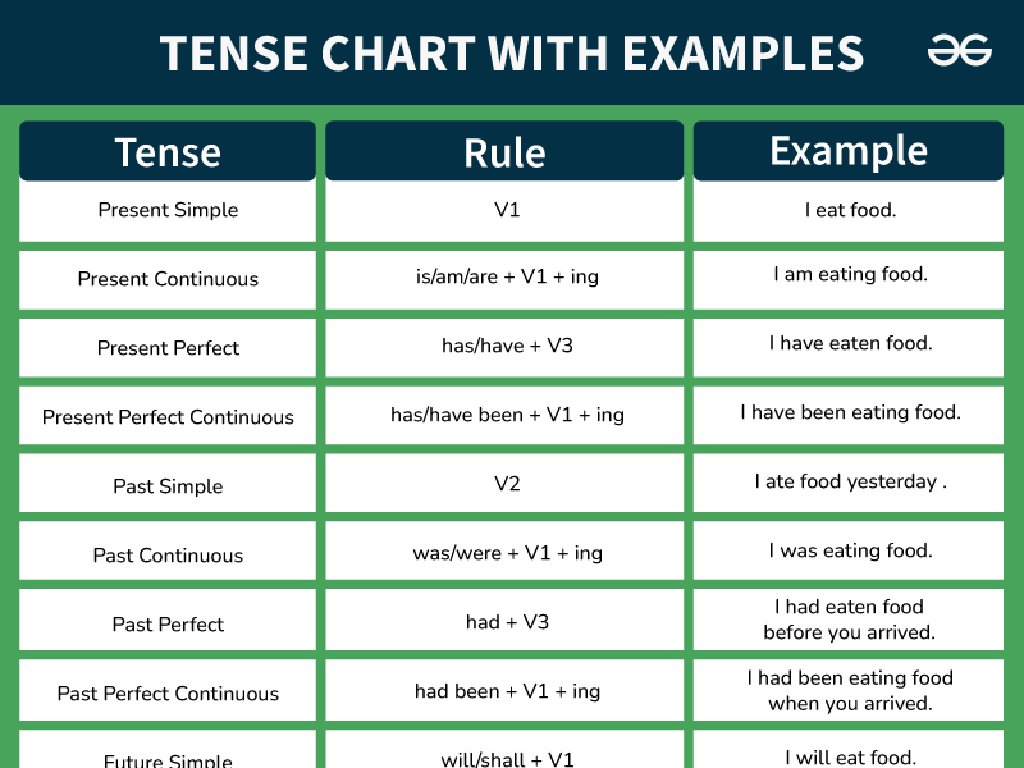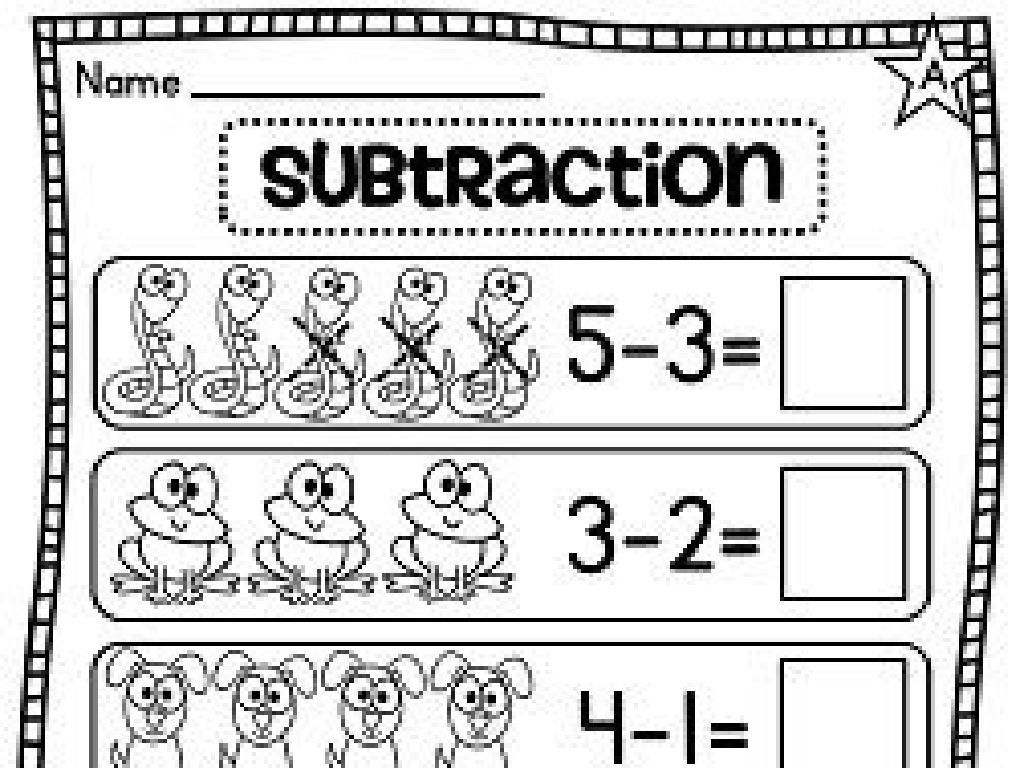Identify Equivalent Expressions Involving Exponents Ii
Subject: Math
Grade: Eighth grade
Topic: Exponents
Please LOG IN to download the presentation. Access is available to registered users only.
View More Content
Identifying Equivalent Expressions with Exponents
– Exponents express repeated multiplication
– Review: Base, exponent, and power
– Recall: The base is the number being multiplied, and the exponent tells us how many times
– Today’s goal: Find equivalent exponential expressions
– Equivalent expressions have the same value, even if they look different
– Practice with real-world examples
– E.g., Financial growth, radioactive decay
|
Begin with a brief explanation of exponents as a way to represent repeated multiplication, which simplifies expressions and calculations. Review the components of an exponential expression: the base, exponent, and the resulting power. Emphasize the importance of understanding these concepts as a foundation for today’s lesson. The main objective is to help students identify expressions that are equivalent by applying the laws of exponents. Provide real-world examples where exponents are used, such as in financial growth calculations or in science with radioactive decay, to illustrate the practical application of the concepts. Encourage students to solve problems and verify the equivalence of different exponential expressions.
Understanding Exponents
– Define an exponent
– An exponent shows how many times a number, the base, is multiplied by itself.
– Exponential expression components
– The base is the number being multiplied; the exponent shows the number of times it occurs.
– Reading exponential expressions
– Expressed as ‘base’ raised to the ‘nth power’, where ‘n’ is the exponent.
|
Begin the lesson by defining an exponent and explaining its purpose in mathematics. Emphasize that the exponent indicates the number of times the base is used as a factor in a multiplication. Clarify the parts of an exponential expression, ensuring students can identify the base and the exponent. Practice reading exponential expressions aloud, such as 2^3 being read as ‘two to the third power’ or ‘two cubed’. This foundational understanding is crucial for students to grasp before they can identify equivalent expressions involving exponents.
Properties of Exponents
– Review exponent rules
– Recall: Product of powers, quotient of powers, power of a power
– Multiplication property
– When multiplying like bases, add the exponents: a^m * a^n = a^(m+n)
– Power of a power rule
– (a^m)^n = a^(m*n), multiplying the exponents
– Understanding zero exponent
– Any non-zero number raised to the power of zero equals one: a^0 = 1
|
Begin with a quick review of the exponent rules to refresh students’ memory. Emphasize the multiplication property by showing that when multiplying like bases, the exponents should be added. Illustrate the power of a power rule by explaining that when a power is raised to another power, the exponents are multiplied. Finally, clarify the concept of the zero exponent by stating that any base (except zero) raised to the power of zero is one. Provide examples for each rule and encourage students to solve similar problems to reinforce their understanding.
Equivalent Expressions with Exponents
– Defining equivalent expressions
– Expressions are equivalent if they have the same value.
– Simplifying using exponent rules
– Apply rules like product of powers and power of a power.
– Examples of equivalent expressions
– 2^3 * 2^2 is equivalent to 2^(3+2) or 2^5.
– Practice with exponent expressions
– Find equivalent forms for given expressions.
|
This slide introduces the concept of equivalent expressions in the context of exponents. Start by explaining that equivalent expressions are different expressions that represent the same value. Emphasize the importance of understanding and applying exponent rules to simplify expressions, such as multiplying powers with the same base or raising a power to a power. Provide clear examples to illustrate these rules in action. Conclude with an activity where students practice identifying and creating equivalent expressions using exponents, reinforcing their understanding of the rules and how to apply them in various situations.
Simplifying Exponential Expressions
– Simplify exponential expressions
– Use laws of exponents to combine like terms, e.g., x^2 * x^3 = x^(2+3)
– Work through practice problems
– Example: Simplify (2^3) * (2^2). Solution: 2^(3+2) = 2^5 = 32
– Learn common simplification errors
– Errors like x^2 * x^3 = x^6 instead of x^5
– Strategies to avoid mistakes
– Double-check work; remember the laws of exponents
|
This slide aims to teach students how to simplify expressions with exponents by applying the laws of exponents. Start by reviewing these laws and then move on to practice problems, guiding students through the solutions. Highlight common mistakes, such as incorrect addition or multiplication of exponents, and provide strategies to help students avoid these errors. Encourage students to always double-check their work and to remember the rules for multiplying and dividing exponential terms. This will help them build a strong foundation for working with exponents.
Class Activity: Find the Equivalent Expressions
– Pair up with a classmate
– Simplify your set of expressions
– Use exponent rules to find equivalent expressions
– Discuss your methods
– Explain how you simplified each expression
– Share solutions with the class
|
This interactive class activity is designed to reinforce the concept of equivalent expressions involving exponents. Students will work in pairs to encourage collaboration and peer learning. Each pair will be given a set of expressions that they need to simplify using the rules of exponents. After simplifying, they should discuss the methods they used to arrive at their solutions. This discussion will help them understand different approaches to the same problem. Finally, each pair will present their simplified expressions and the methods they used to the class, fostering a collaborative learning environment. As a teacher, facilitate the activity by providing guidance on exponent rules and ensuring each pair understands the task. Possible expressions to simplify could include ‘2^3 * 2^2’, ‘5^4 / 5^2’, ‘(3^3)^2’, and ‘4^5 * 4^-3’.
Exponents in the Real World
– Exponents in daily life
– Population & compound interest
– e.g., Population doubles (2^n), interest on savings (A = P(1 + r/n)^(nt))
– Scientific notation usage
– e.g., Distances in space (3.08 x 10^16 meters = 1 light-year)
– Mastering exponents is key
|
This slide aims to show students the practical applications of exponents in various real-world scenarios. Exponents are not just mathematical symbols; they are used to describe exponential growth in populations, calculate compound interest in finance, and express large numbers in scientific notation, such as astronomical distances. Understanding exponents can help students grasp these concepts more deeply and see the relevance of math in everyday life. Encourage students to think of other areas where exponents might be applicable and discuss the significance of mastering this concept for future mathematical applications.
Review & Recap: Equivalent Expressions with Exponents
– Summarize today’s exponent concepts
Reviewed exponent rules and how to simplify expressions.
– Importance of equivalent expressions
Understanding equivalents helps solve complex problems efficiently.
– Quick quiz to assess comprehension
A short quiz with problems to solve will be given.
– Discuss quiz answers and clarify doubts
We’ll go over the quiz answers to ensure everyone understands.
|
This slide aims to consolidate the knowledge gained in today’s lesson on exponents and equivalent expressions. Start by summarizing the key points, such as the power of a product rule, power of a quotient rule, and the zero exponent rule. Emphasize the importance of identifying equivalent expressions in simplifying algebraic equations and in real-world problem-solving. Conduct a quick quiz to test the students’ understanding of the concepts. After the quiz, discuss the answers in detail, addressing any misconceptions or doubts. This will help reinforce the students’ knowledge and prepare them for more advanced topics.
Homework: Mastering Exponents
– Practice equivalent expressions
– Solve problems to identify expressions with equal values
– Study exponential growth & decay
– Read up on how quantities increase or decrease rapidly
– Complete assigned problems
– Finish exercises in your workbook or handouts
– Remember: Consistent practice is key
|
This homework slide is aimed at reinforcing the students’ understanding of equivalent expressions involving exponents. The assignment includes a set of practice problems that will help students recognize expressions that have the same value. Additionally, students are encouraged to begin studying the next topic of exponential growth and decay to prepare for the upcoming class. Emphasize the importance of regular practice to improve their skills in working with exponents. Provide a variety of problems with different levels of difficulty to cater to all students and ensure they understand the concept of equivalence in the context of exponents.





